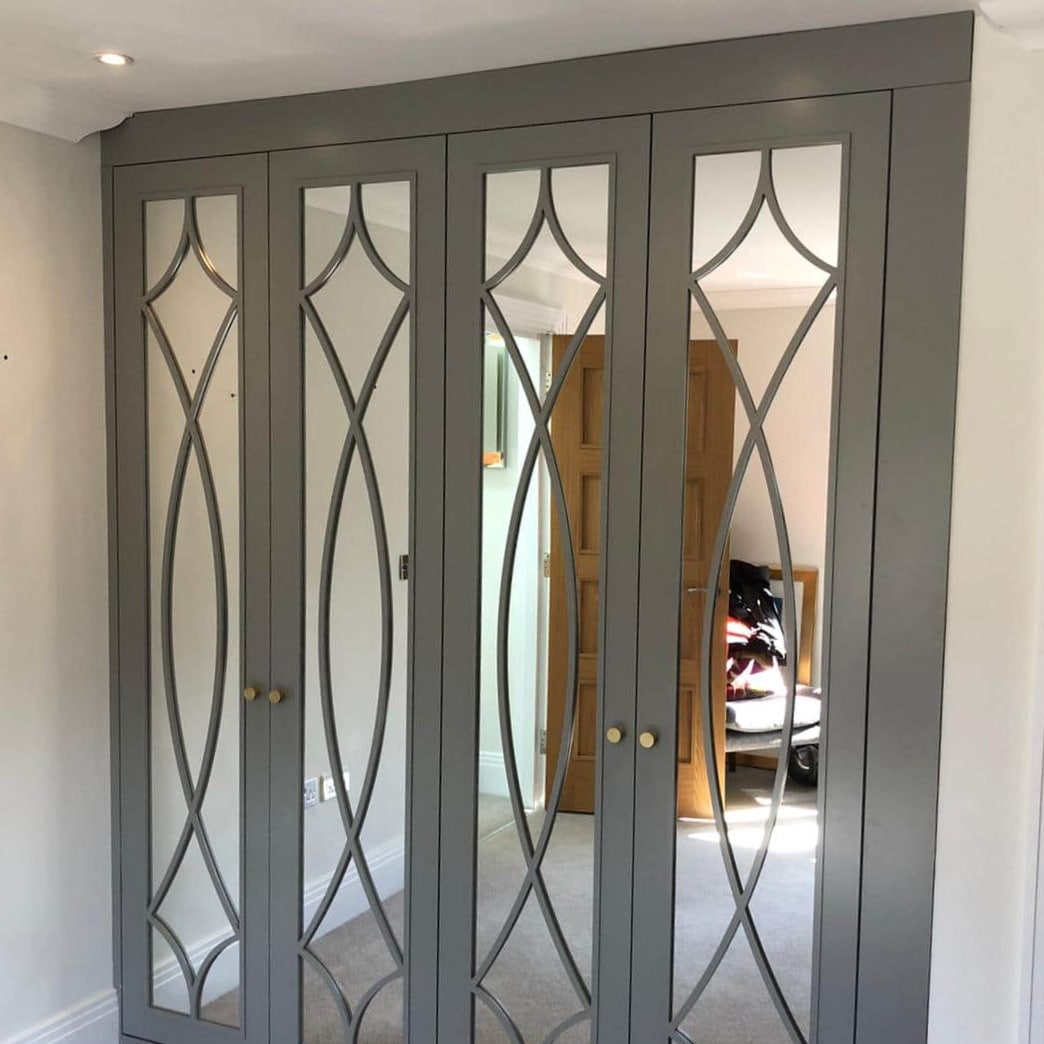The tools that you need;
- A tape measure
- A notepad
- A pen or pencil
Tape measure skills
Units of measurement
Most tradespeople in the UK work using a unit called millimetres. 1mm is a 10th of a centimetre, or 1 centimetre is 10 millimetres. When you write this you use the abbreviation mm for millimetres and cm for centimetres.
How accurate are Tape Measures?
If you thought all tape measures measure to the same accuracy, you would be wrong. Your average tape measure, usually under £10.00 will not be accountable to any international standards. A branded tape measure such as a Stanley or Bosch will adhere to either class 1 or class 2 standards. These cost a little more, but not much depending on the length you buy.
A class 2 tape measure is all the average person will need and you can be confident you are getting an accurate measurement across the tape measure.
How to measure accurately
First of all, you want to make sure the “hook” at the beginning of the tape measure is grabbing the edge you are measuring from. This is possible to do by using a little bit of tension.
You want to make sure you have a good view of the place you are measuring too, so you can see the number on the tape.
Hinged Wardrobe Doors
Working out your door size for replacement wardrobe doors
All our wardrobe doors are either 18mm or 22mm thick….
…So if you are shopping on justwardrobedoors.co.uk you only need to decide on your width and height.
Width
Most wardrobe carcasses are made in round numbers. To find your door width of a carcass with a 500mm opening, you would take the width of the carcass opening and reduce 4mm to get your door width of 496mm.
If your carcass size is an uneven number, don’t worry – you still reduce 4mm to get your wardrobe door width. So a carcass with an opening of 456mm would have a door width of 452mm.
So what do you do?
Make sure the lip of your tape measure is securely pressed against the edge you are measuring from. Extend your tape measure to the other edge, record the measurement to the nearest millimetre.
Height
This is the very same concept, but you put the lip of the tape measure on the bottom of the door and measure upwards. You may need to stand on something when doing this. Make sure you are not in danger or with a partner.
Working out your door size for a new wardrobe
Working out how many doors and how big they need to be for a wardrobe is partially worked out from measurements and partially due to personal taste or design requirements. You can often choose a 3 or 4 door wardrobe depending on the look or design that you are going for.
You usually work out the width of the wall that you have available and start to think of the carcass’s you would need to install.
You also need to bear in mind that to attach a door to a wardrobe, there must be a surface to attach the hinges too.
For example; a wall that is 2000mm wide could be divided into 4 x 500mm carcass’ or 2 x 1000mm carcass’. This would allow for 4 x wardrobe doors that are all 496mm.
What if I have an uneven wall or carcass measurement?
You can still follow the same theory as shown above but you may need to do some basic maths. Let’s say you have a wall width of 2300mm…
You will need to fill this space using logical carcass sizes. Carcass’s for wardrobes are usually under 1000mm each. Common sizes usually in increments of 100mm. A 1000mm carcass is suited to 2 x 496mm doors. A 500mm carcass could take 2 x 246 or a 496mm wardrobe door.
To fill a wall width of 2300mm you could choose the following;
- 2 x 1000mm carcass and a 300mm carcass.
- 4 x 500mm carcass and 1 x 300mm carcass
- 2 x 1000mm carcass and 2 x 150mm wall scribes
If would all depend on the layout of your room.
Sliding Wardrobe Doors
Height
Now you need to work out your total wardrobe width. This is very similar.
If your wardrobe is “wall to wall” then you will not need end panels. You can simply measure the distance between each wall. Again, make sure you take 3-4 measurements up your wall and use the smallest measurement. This insured your wardrobe is definitely going to fit in the space.
If you are going from “wall to end panel” because you have a feature such as a door or window at one end of the wardrobe. You just measure to the distance you would your wardrobe to end, and we can calculate the end panel needed. We provide 18mm end panels as standard.
Width
Measure the height of your ceiling. We recommend you measure this height around 600mm away from the wall you will be fitting your wardrobe door to allow for the depth of the carcass or fittings.
Remember to take 3-4 measurements at equal distances across the front of your wardrobe and take a note of the smallest measurement. This is the measurement you need to use and is your sliding wardrobe door height.
Summary
Essentially, you are working out the width and height of the “box” you would like your wardrobe to fit into.
How we recommend to install our sliding wardrobe doors?
Sliding wardrobe doors are just as simple to install but these are usually much wider and larger. This means they are also heavier. So fitting these doors can be a two-person task. A strong and capable person will be able to fit sliding doors on their own.
We recommend that you use this sliding wardrobe door track.
We also think video explains the installation really well.


